Carex cherokeensis
Common: Cherokee sedgeCarex cherokeensis LP32 - 32 per flat
- Height: 12"-18"
- Spread: 18"-24"
- Spacing: 12"
- Hardiness Zone(s): 6-9

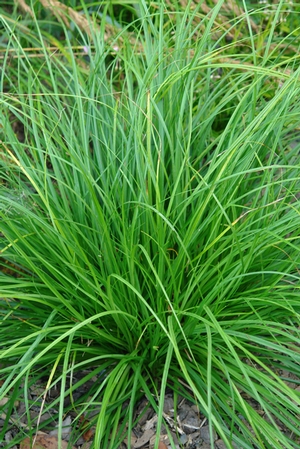
Carex cherokeensis LP32 - 32 per flat
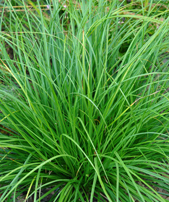
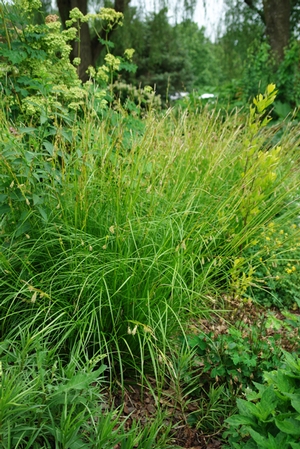
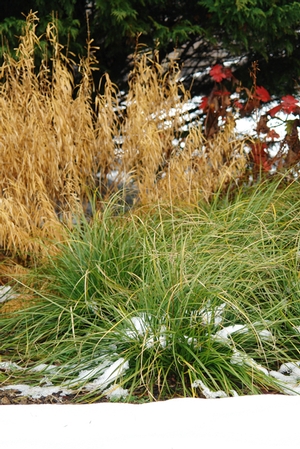
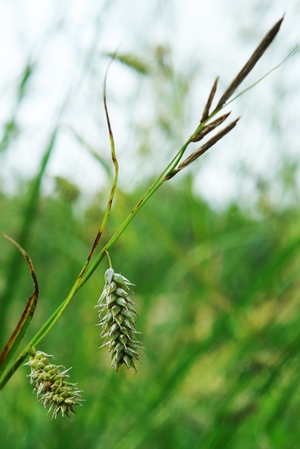
Carex cherokeensis is a native sedge with a soft-medium texture. It prefers moist conditions but is adaptive. Grows in part shade but tolerates full sun in the morning. The inflorescence has been noted as insignificant but, we like the little wispy spikes that add a interest in the spring.
Best in part sun to full shade and average to moist soils. Remains semi-evergreen. Avoid hard cut-back. Trim brown tips in winter or early spring if a tidier appearance is desired. Water well upon planting and regularly until established.
Carex cherokeensis is gaining popularity as a meadow foundation planting. It not only has great aesthetic appeal but, it is also a well-behaved, contributing member within many designed plant communities. Growing 12”-18” in height and spreading to 2’, this clumping sedge works well for erosion control and as a taller groundcover.
Carex cherokeensis prefers moist conditions but, tolerates some variables. It prefers some shade including dappled light from trees or even just reprieve from the heat of the afternoon sun. The inflorescence has been noted as insignificant but, we like the little wispy spikes that add a bit of interest in the spring. It can be evergreen in milder climates, a cutback in late winter to about 6”-8” preserves overall qualities and maintains a tidy appearance. Native to the US from Texas to Ohio, it can commonly be found in the Blackland Prairies and Savannas of the Gulf Coastal Plain. Plant tolerates a wide range of soil pH, from acidic to alkaline, and is adapted to heavy clay.
We have great success growing this plant in our gardens, even trialing it in drier, sunnier conditions. It performs well anywhere we plant it, creating a dense mass when planted on 8” centers. In our brighter and drier sites, additional irrigation was needed for initial planting. Seed provides forage for native birds and foliage sustains local insect populations.